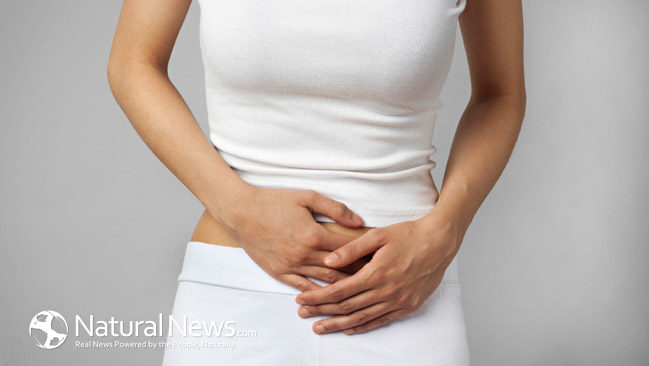Premenstrual syndrome, better known as PMS, is a very common phenomenon among women. Symptoms include cravings, irritability, tender breasts, fatigue, and mood swings. It is estimated that three quarters of women experience these side effects leading up to and during their menstruation. However, there is a more severe version of this called premenstrual dysphoric disorder (PMDD). Symptoms of PMS become debilitating. Daily life can become disrupted, causing work, relationships, and social life, to be negatively affected. This abnormal hormonal reaction makes life very troublesome from month to month.
The direct causes of PMDD are unknown, but may be linked to low serotonin levels. The brain is not communicating signals to help with mood, sleep, and pain. Hormonal changes increase the decrease in serotonin during this time causing PMDD symptoms to arise. These symptoms settle in about week prior to menstruation. These include: fatigue, tension, anxiety, depression, mood swings, sleep problems, cramps, bloating, headaches, joint and muscle pain, hot flashes, and changes in appetite. Of these symptoms, diagnosis is made when at least 5 of these symptoms exist at least 7 days prior to menstruation, and then cease to exist after the cycle.
A doctor will review medical history and perform an examination, also addressing the person’s emotional and physical well being. It is important to rule out depression and panic disorder as being the causes. There are other hormonal problems that need to be ruled out including menopause, endometriosis, and fibroids. From there, what you decide to do for treatment is up to you, but natural approaches are possible. There are home treatments to help including taking turmeric for inflammation, regularly performing exercise, and vitamin supplements or changes in diet. These actions can help with cramping, breast tenderness, and headache. Pain relief can also be addressed performing yoga, meditation, or relaxation therapy. Just taking time to stretch the body is a good way to work through allowing your body to adjust to pain and settle the pain. Sitting in a jacuzzi or sauna can also be good for relaxation and letting the body get rid of toxins and stress.
About 5% of women experience PMDD. The emotional toll is very hard for some women to handle. Although the FDA has approved drugs to treat this condition, a healthy combination of diet and exercise can are natural ways to address symptoms. The very food you eat can either be medicine that heals you or drugs that harm you, especially with the hormones and chemicals so much of processed food is made with. This time during the month can be very difficult and dreadful to experience. Hormones have the power to wreck havoc and a person can feel powerless to the associated side effects. Cuing in on hormonal imbalances and devising a plan for pain management can help a women learn to tolerate and make it through this time. It is not easy, but the good news is that the menstruation cycle is only temporary.








